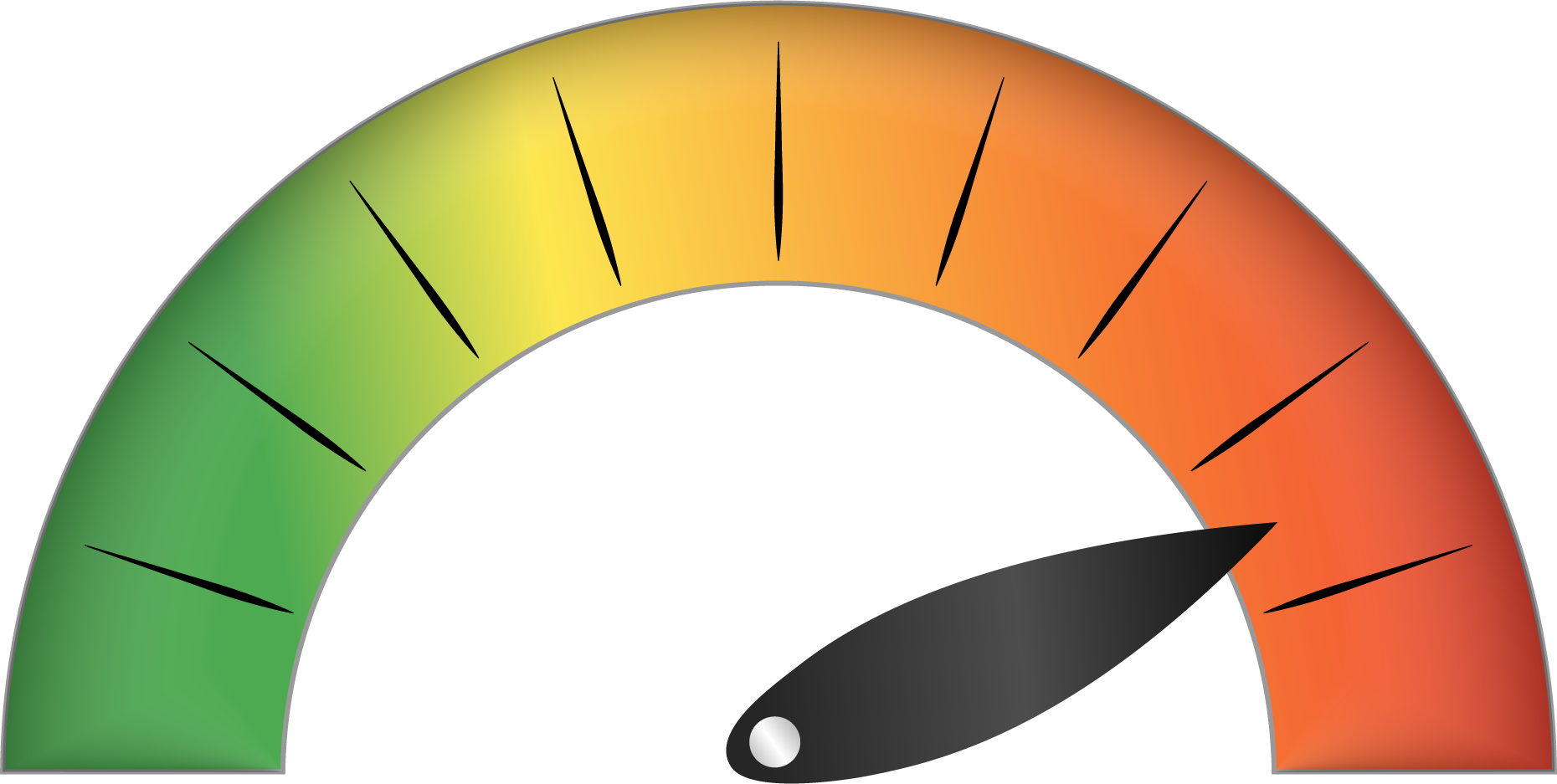Welcome To Your Enneagram Mood Check-In ✨

Your current state is:
unhealthy
Where Are You Right Now Enneagram 6?
Under stress, you might feel anxious or defensive, doubting yourself or others. This reflects a move toward Type 3 energy, where you may overcompensate by seeking validation through work or image. Notice this as a sign to pause, reflect, and reconnect with your inner strength.
How This Shows Up: Signs You’re Here
Anxiety might dominate your thoughts, leaving you second-guessing yourself or others. You may find it hard to trust, leading to defensiveness or indecision. Fear of worst-case scenarios can leave you stuck in a loop of overthinking or seeking reassurance without feeling truly secure.
I become panicky, unreliable, paranoid
How This Feels: Emotional Indicators
You might feel a constant undercurrent of worry or doubt, as though something bad could happen at any moment. For instance, a delayed response to a text could send you spiraling into thoughts like, 'Did I do something wrong?' or 'Are they upset with me?' It’s hard to focus on the present when your mind is caught up in worst-case scenarios.
WHAT’S FUELING THIS:
Common Triggers or Mindsets
-
You’re triggered by uncertainty or lack of clear guidance.
-
You doubt yourself or others, fearing betrayal or failure.
-
You rely excessively on reassurance, struggling to feel secure.
FINDING YOUR BALANCE
-
Write down your biggest worry, then list 1-2 ways you could address it.
-
Remind yourself of a time you overcame something tough—it helps build trust in yourself.
-
Take 5 minutes to do something calming, like listening to music or drinking tea.

Remember: This Is Temporary
Right now, you might feel stuck in a loop of worry, but this isn’t permanent. Even small actions—like pausing to breathe or focusing on what you can control—can help you move toward balance. Trust that you’re capable of finding your way back to confidence and calm.

Celebrate Your Growth:
When worry or doubt feels overwhelming, leaning on your support system can help you feel grounded. Talk to someone you trust—a friend, mentor, or coach—who can offer reassurance and a calm perspective. Remember, you’re not alone, and it’s okay to ask for help when you need it. This state will pass, and having others by your side can guide you back to a place of confidence and trust.
New to the Enneagram Levels of Development? Start Here!
LEVELS OF DEVELOPMENT
Each type is divided into 9 levels of Psychological Health, 1= highest & 9=lowest. These are grouped into Healthy, Average & Unhealthy. At each level, we employ different strategies to reinforce our identity
Core Traits of Enneagram 6 at each Level
HEALTHY
1
Courageous, reliable, stable, inner-directed, supportive.
2
Loyal, hardworking, dependable, cooperative, community-oriented.
3
Dutiful, cautious, safety-conscious, thoughtful, grounded.
AVERAGE
4
Anxious, defensive, over-prepared, doubting, skeptical.
5
Fearful, suspicious, dependent, reactive, insecure.
6
Paranoid, accusatory, hyper-vigilant, controlling, irrational.
UNHEALTHY
7
Fear-driven, self-destructive, panicked, reckless, dependent.
8
Desperate, trapped, persecutory, severely anxious, isolated.
9
Hysterical, erratic, fragmented, irrational, terrified.
Enneagram Levels of Development: Healthy, Average, and Unhealthy
HEALTHY RANGE:
In the healthy range, you’re not overly tied to your self-image or identity. You feel free to explore and express yourself in authentic and dynamic ways. By letting go of rigid definitions of who you are, you naturally align with your values and act in ways that reflect your true self, effortlessly reinforcing your sense of purpose and wholeness.
-
Level 1 – Liberation (Ego transcended-balance and freedom)
-
Level 2 – Psychological Capacity (Ego is identified as an ideal-self)
-
Level 3 – Social Value (Ego operating in a constructive way)
AVERAGE RANGE:
In this range, some imbalance starts to show, and your focus narrows. You may become more preoccupied with your identity and how others perceive you. To maintain this image, you might rely on social roles, subtle manipulation, or trying to control situations, all in an effort to reinforce your sense of self.
-
Level 4 – Imbalance (Ego-role assumed, defences increased)
-
Level 5 – Interpersonal Control (Manipulative & Defended)
-
Level 6 – Overcompensation (Ego inflation, conflicts with others)
UNHEALTHY RANGE:
In the unhealthy range, your focus on your identity becomes so intense that it distorts your perception of reality. You may see yourself in a way that feels completely disconnected from how others experience you, creating a sense of isolation or misunderstanding.
-
Level 7 – Violation (Survival tactic, neurotic)
-
Level 8 – Delusion and Compulsion (Major personality disorder)
-
Level 9 – Pathological Destructiveness (Psychosis, breakdown).
UNHEALTHY RANGE
AND ITS LEVELS
7. Level of Violation: OVERREACTING DEPENDENT
At this level, Type 6s spiral into panic and despair, fearing they have shattered their own security. Feeling helpless and inferior, they swing between dependence and rebellion—defying authority while secretly longing for someone to rescue them. Highly reactive and divisive, they berate others yet avoid responsibility, leaning too heavily on their support system. Trapped in self-hate, they seek pity and protection, hoping for salvation from an external source.
8. Level of Delusion & Compulsion: PARANOID HYSTERIC
At this level, Type 6s become consumed by fear and paranoia, desperately trying to eliminate uncertainty and protect what little security they believe remains. Feeling persecuted, they lash out irrationally, often causing the very chaos they fear. Obsessive and fanatic, they see threats everywhere, oscillating between controlling aggression and submissive despair. Their desperation can turn violent, convinced that others are out to get them and that they must strike first to survive.
9. Level of Pathological Destructiveness: SELF-DEFEATING MASOCHIST
At this level, Type 6s become overwhelmed by guilt and fear, convinced they cannot survive on their own. Terrified of punishment and abandonment, they spiral into self-destruction, sabotaging themselves as a way to atone. Oscillating between sadism and self-abasement, they may turn to substance abuse, reckless behavior, or suicidal ideation. Lost in despair, they retreat into a hopeless existence, feeling powerless to change their fate.